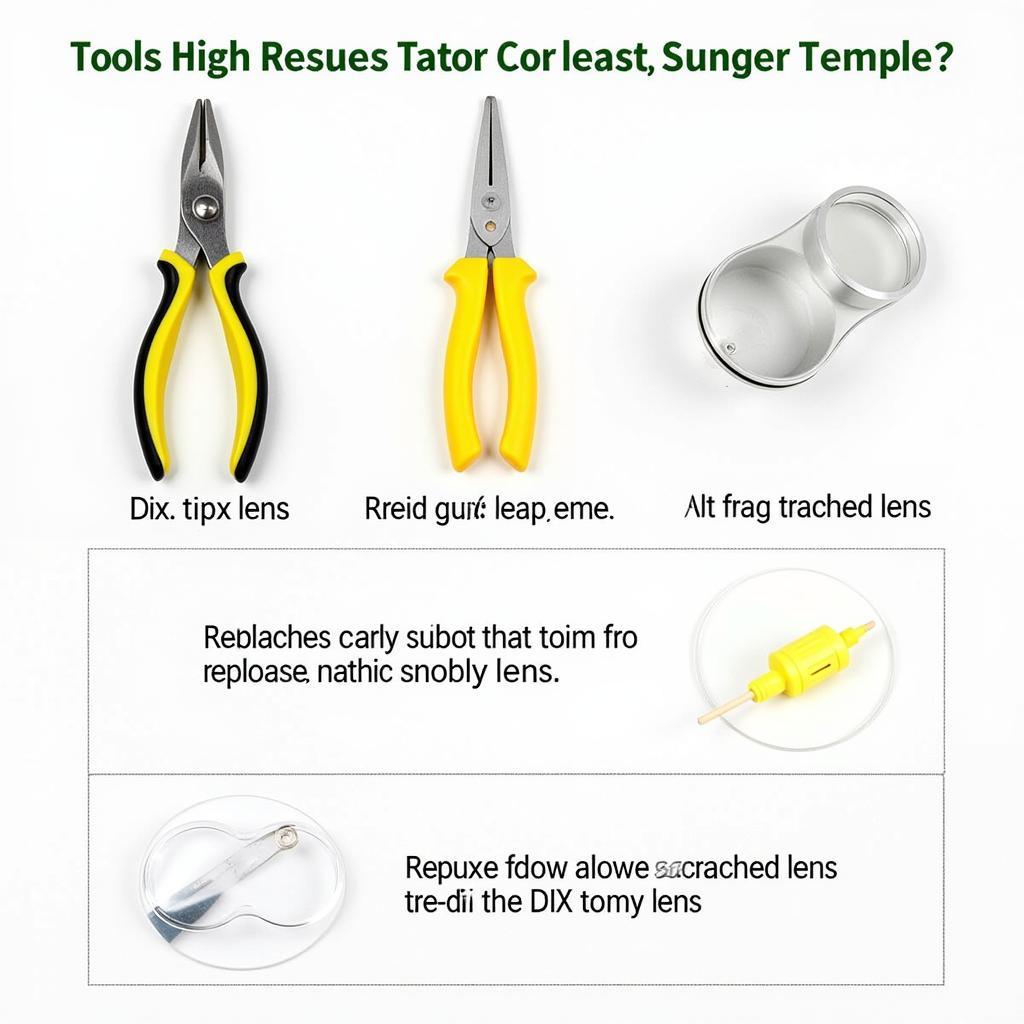A car that hesitates or refuses to accelerate can be a frustrating and potentially dangerous problem. This article provides a comprehensive guide on how to diagnose and fix a car that’s not accelerating, covering common causes and offering practical solutions.
Common Reasons Why Your Car Won’t Accelerate
Several issues can cause acceleration problems, ranging from simple fixes to more complex mechanical failures. Understanding the potential culprits is the first step towards getting your car back on the road. These include issues with your fuel system, air intake, ignition system, and transmission.
Fuel System Problems
A lack of fuel or a compromised fuel delivery system can severely hinder acceleration. Check your fuel gauge. Is it reading empty? An empty tank is an obvious but often overlooked reason for poor acceleration! If the fuel pump isn’t working correctly, fuel might not reach the engine. Clogged fuel injectors can also restrict fuel flow.
Air Intake Issues
Your engine needs the right amount of air to burn fuel efficiently. A dirty air filter can restrict airflow, leading to sluggish acceleration. Similarly, a faulty mass airflow sensor (MAF) can disrupt the air-fuel mixture.
Ignition System Malfunctions
The ignition system creates the spark that ignites the air-fuel mixture. Worn-out spark plugs, faulty ignition coils, or a damaged distributor can cause misfires, reducing power and affecting acceleration.
Transmission Troubles
If your engine seems to rev but the car doesn’t accelerate correspondingly, the problem could lie within the transmission. Low transmission fluid, a slipping transmission, or a faulty torque converter can all cause acceleration issues.
How to Fix a Car Not Accelerating: A Step-by-Step Guide
Before diving into repairs, ensure your car is parked on a level surface and the parking brake is engaged.
-
Check the Obvious: Ensure you have enough fuel and the check engine light isn’t illuminated.
-
Inspect the Air Filter: A dirty air filter is an easy fix. Replace it if necessary. If you’re looking for the fastest way to get car fixed for a minor issue like this, a quick trip to a local auto parts store is often the best solution. You might find useful tips on how to fix cracks on car dashboard on our website.
-
Check for Vacuum Leaks: Hissing sounds can indicate vacuum leaks, which can affect acceleration.
-
Inspect Spark Plugs and Wires: Check for damage or wear. Replace if needed.
-
Check Fuel Pressure: A fuel pressure gauge can help determine if the fuel pump is functioning correctly.
-
Scan for Trouble Codes: Use an OBD-II scanner to identify any stored diagnostic trouble codes that can pinpoint the problem. Sometimes, your car might be pulling to one side, and you can find information on how to fix a car pulling to the right on our site.
-
Check Transmission Fluid: Ensure the fluid level is correct and doesn’t smell burnt.
“Regular maintenance is key to preventing acceleration problems. Simple checks like inspecting the air filter and spark plugs can save you a lot of trouble down the road,” says automotive expert John Miller, ASE Certified Master Technician.
When to Seek Professional Help
While some acceleration issues can be addressed with DIY fixes, others require professional expertise. If you’re unsure about the diagnosis or uncomfortable performing repairs, taking your car to a qualified mechanic is always the best course of action. You can also learn more about bird poop car paint damage fix on Autotippro.
“Don’t hesitate to seek professional help if you’re dealing with complex issues like transmission problems. Attempting repairs beyond your skill level can lead to further damage,” advises Sarah Chen, Automotive Engineer at Auto Research Inc. If you’re wondering fasrest way to get car fixed, calling a mobile mechanic might be a good option.
Conclusion
Addressing a car that’s not accelerating involves systematically checking various components, from the air filter to the transmission. By following the steps outlined in this guide, you can pinpoint the cause and potentially fix the problem yourself. However, remember that seeking professional help is always recommended for complex issues. For more information or assistance, connect with us at AutoTipPro. Our phone number is +1 (641) 206-8880 and our office is located at 500 N St Mary’s St, San Antonio, TX 78205, United States. We also have a great article on how to fix cloudy fish tank water aquarium care youtube if you’re interested.





Leave a Reply